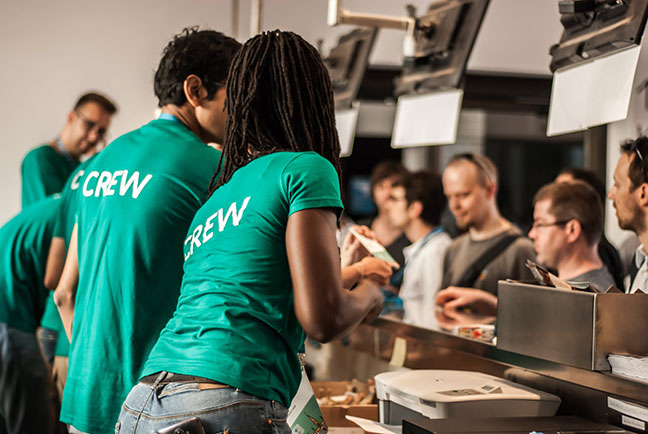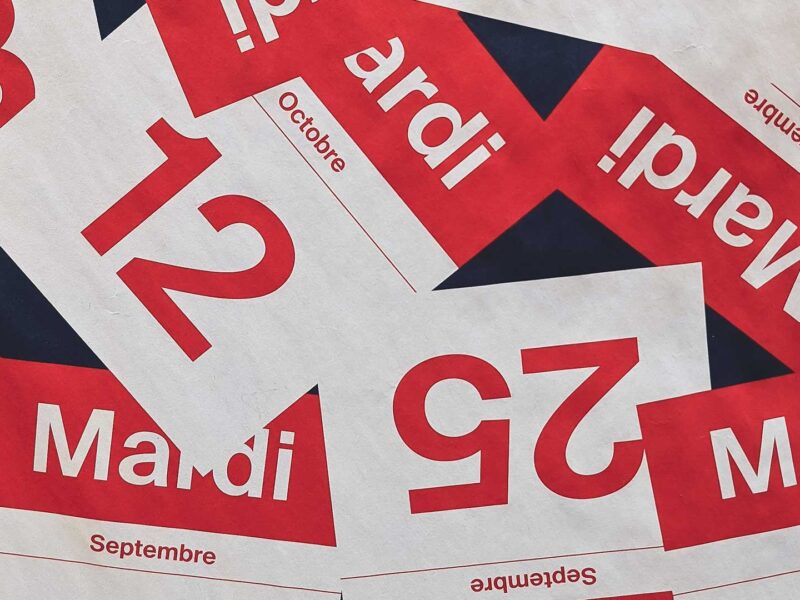Event Marketing – Why do some succeed when others fail? What are the pitfalls to avoid?

Event Marketing is usually the most costly, time intensive, grey-hair inducing way to reach your audience, but it will also produce the strongest ROI for the high cost per lead invested. Events have become integral in the way we interact, but while we all love a good event, some free food, swag and the networking opportunities they foster, it’s becoming harder to find the time to attend events, and know which are going to be the most worthwhile and relevant.
To help you understand the intricacies of event marketing, I’d like to share with you my hard-earned insights which are based on experiencing the highs and lows from every perspective.
1. The Brief
In the same vein as setting up any other marketing campaign, you need to know its purpose, its intention. You need to know who the key stakeholders are, determine realistic timeframes, identify any third-party suppliers who will be involved, and most importantly, how much budget you have to play with.I have found using a template that covers off all the questions that need to be asked extremely beneficial, that way you know you’re not going to miss out on a pertinent detail. The brief should cover every possible angle that needs attention, so that once you have all the answers, you can send it out to the key stakeholders for buy-in, feedback and sign off from whomever is requesting the event to be produced.
DISCLAIMER: Just because your Office Manager or EA knows how to organise the staff end of year party, doesn’t mean they are qualified to organise a client event or company conference. Please be realistic in your expectations, and if necessary, contract an event specialist to take the reins.
PERSONAL TIP: Don’t just email your briefing template through to the person requesting the event, organise a meeting to walk through it with them, as you’ll uncover more detail that will help you to build it out and understand their motivations so you can advise on whether this is the right path to follow.
2. The Budget
For me, this is the fun part as I use the budget to help me structure the event framework. The more detailed your budget, the easier it will be to move into the Planning Phase. If a set budget has been provided, you know the baseline, so you must work your magic, activate your negotiating skills and think creatively as to how best to distribute the funding for maximum effect and success. I say this because very few tech companies have enough budget to cater for what the event they want produced.
DISCLAIMER: Audio visual requirements could end up sucking 30 – 40 percent of your budget, so make sure you use internal resources to pull together as much of the event as possible to allow for the rest of the budget to cover all other required external costs.
PERSONAL TIP: I like to add some Optional Extras to the bottom of the budget, items which will add an extra dimension should the business be happy to invest a bit more money for the desired result.
3. The Planning
Once the budget has been approved, the planning stage will take time to complete, especially if you are dealing with quite a few different suppliers and internal stakeholders. Make sure you give yourself enough time to define the agenda, who the various presenters will be, lock down the key messages and take-away points, and organise the printing of assets or branded merchandise with time to spare.Use the framework developed in your budget to move things along, and push back on your suppliers to manage their capabilities so you can focus on the internal requirements.
DISCLAIMER: If you plan to produce an annual conference with an expected turnout of 200+ delegates, start planning your dates and venues at least one year out or the space best suited to your event may not be available. You need to allocate at least 6 months of time to plan a small conference (< 50 delegates) prior to its execution date. A Roundtable can be arranged with 3 months planning time if you already have the presenters and topic finalised.
PERSONAL TIP: Dependencies on suppliers and internal stakeholders can impact your planning timeline, so be strict with deadlines and keep on top of people who are easily distracted or just slow to respond. If necessary, send people calendar reminders and block out time in their schedule so that you can track their progress and better manage these dependencies.
4. The Execution
D-Day! This is what you have been working so hard for over the past months. It’s time to get excited!That said, and I don’t mean to burst your bubble, no matter how much planning and preparation has gone into ensuring every risk has been calculated, something will undoubtedly crop up that you hadn’t anticipated. That’s just the nature of events. Crinkles can always be ironed out during your set up period, you may be on your phone barking orders at people, or pleading with a printer to send your banners to the venue by taxi. If you keep yourself together and don’t let any of the VIPs, presenters or delegates know there are issues afoot, you will pull through until the end, perhaps a little worse for wear. You’ll find that it will be a success, people are none-the-wiser to all the dramas, and all the sleep deprivation experienced leading up to the event will have converted into exhaustion, so you’ll fall into a well-earned, deep sleep!
DISCLAIMER: Beware of the post-event blues. This will usually only hit you after working on a major event – an annual regional conference, a massive company-wide launch, or any other event that you have spent at least 6-12+ months planning.
PERSONAL TIPS: Be present throughout the event and smile. You want to make your guests feel welcome and yourself approachable. 2. Stay off your mobile phone and laptop whilst guests are mingling – this is the perfect time to introduce yourself to someone new. 3. Take a holiday after executing a major event to preserve your sanity!
5. The Follow Through
Before you head off on holiday, you need to close the loop, and this requires the following actions:
- A thank you email to all your attending guest/delegates, presenters and sponsors (if relevant).
- Lead list finalised, uploaded into your CRM, emailed to Account Managers – whatever your process happens to be so that you can track them through the funnel.
- “Sorry we missed you email” to people who registered but did not attend.
- Collate any feedback forms or survey data and distribute to internal stakeholders.
- Announce any prize winners via social media platforms
- Upload event photos to all social media platforms and, if relevant, send to industry publications for extra exposure.
- Upload or distribute any presentations that can be made available to the public from the event.
The actual list of follow-through items is longer than what’s included above, but these are key areas that need to be completed within one week from the event’s conclusion. The immediacy to close the loop is imperative to ensuring the best traction and conversion of leads.
DISCLAIMER: The sooner you wrap everything up, the better you will feel. If you let things drag on, chances are the leads will go cold and your ROI will be negligible.
PERSONAL TIP: Rally the Account Managers to start following up with the hottest leads straight after the event – even if it’s before all the leads have been loaded into your system.


